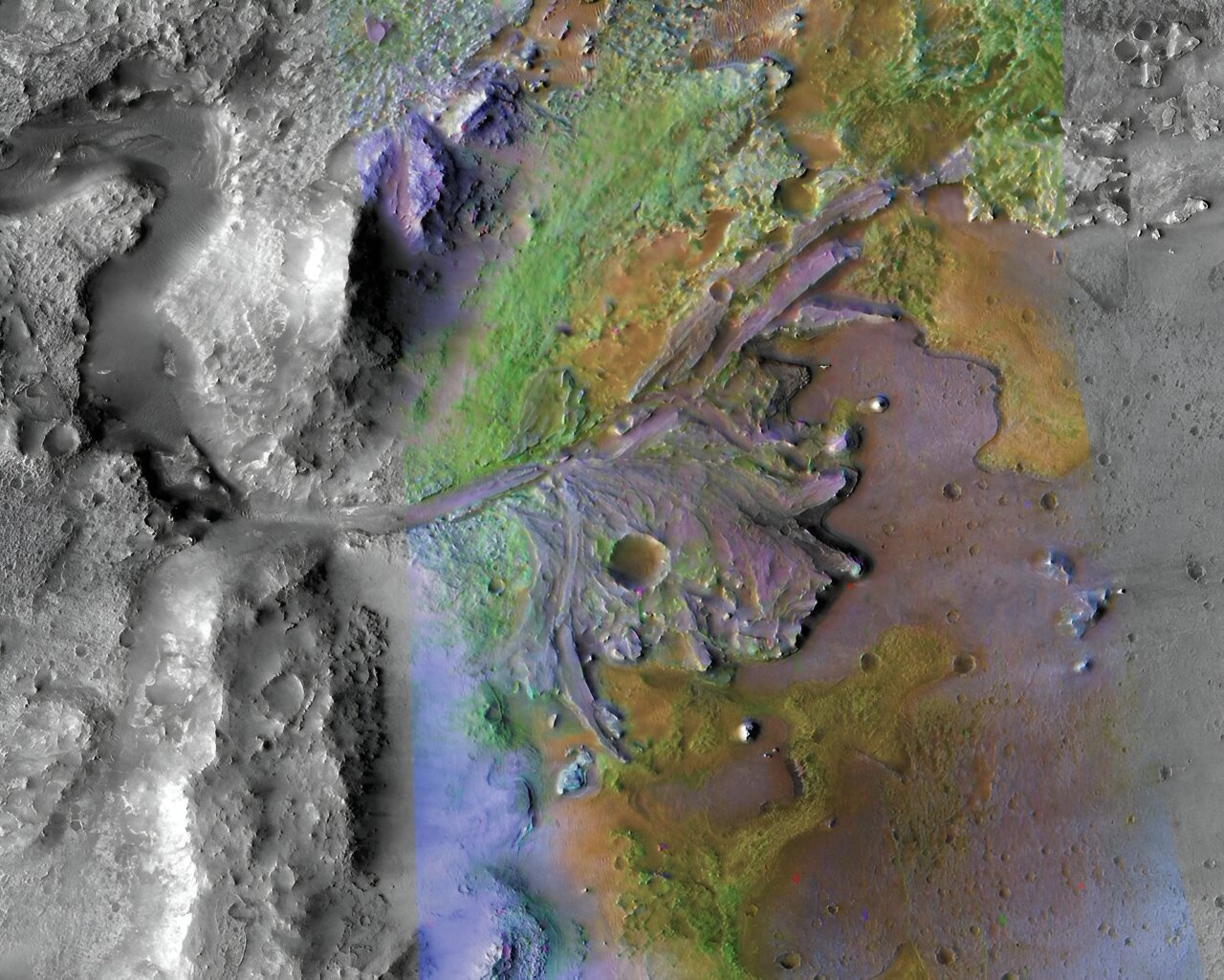The Perseverance rover has been exploring the Red Planet since February 2021. When it gently landed on the surface inside the 45-kilometer-long Jezero crater, which was once a full-flowing lake. The other day, the brave rover celebrated its significant date – 1,000 days since the beginning of the exploration of Mars.
The start of the Perseverance mission was on July 30, 2020, when the giant Atlas V-541 rocket took off from the launch pad from Cape Canaveral in Florida. Seven months later, the interplanetary flight ended and Perseverance began its descent to the surface of Mars. The landing was smooth due to a complex sequence of braking and descent using parachutes, rockets and a “sky crane”.

The main purpose of the rover was to study the geology, climate and atmospheric conditions of the Red Planet, in preparation for the landing of the first people. The landing site in the Jezero crater was chosen because previous orbital studies found clear signs of an ancient lake in this place, which once filled the crater. It is believed that water is a key ingredient for the evolution of life. Therefore, if there was a reservoir in the crater, then there is a high probability of the development of life. Exploring the local rocks is like flipping through history textbooks as they capture the changes in the environment.
The crater was formed as a result of a collision with an asteroid about 4 billion years ago. The rover discovered that the bottom of the crater is composed of igneous rock, which was formed from a huge underground magma chamber and was brought to the surface due to volcanic activity. Since then, other types of sand and mud rocks have been found, indicating the presence of water in the distant past on Mars.

All these discoveries were obtained in the first 1,000 days of Perseverance’s tireless work. But the achievements of the rover do not end with geology. It also gathered a “collection” of samples, placed them in sealed capsules and left them in a kind of hiding places so that the Mars Sample Return mission vehicles would pick them up and deliver them to Earth. In general, the wheeled laboratory has completed the study of the bottom of the ancient lake.
But unfortunately, to date, despite the fact that Perseverance has achieved impressive results, the detection of signs of life on Mars has not been found.
Earlier, we reported on how Perseverance survived for three years on Mars.
According to universetoday.com
Follow us on Twitter to get the most interesting space news in time
https://twitter.com/ust_magazine


